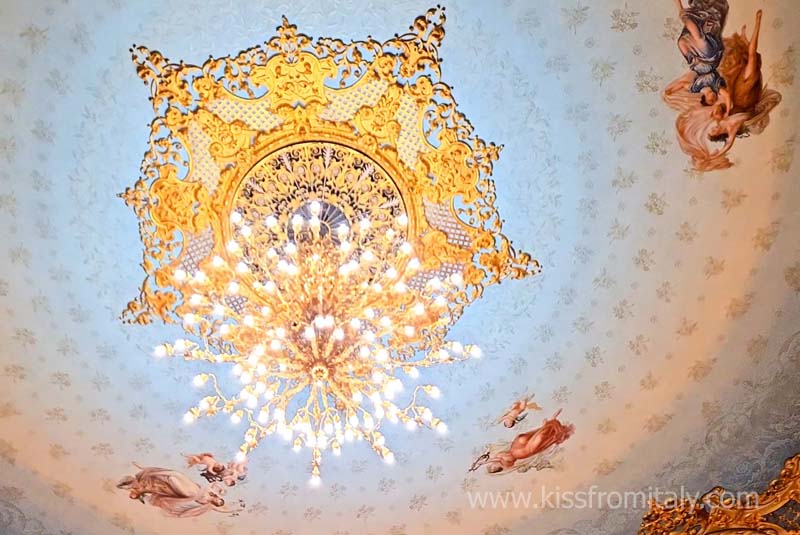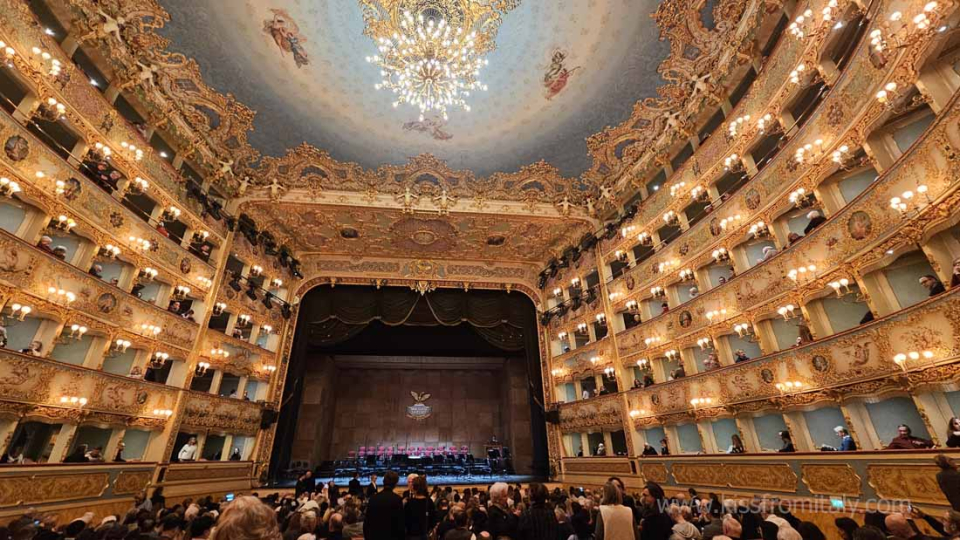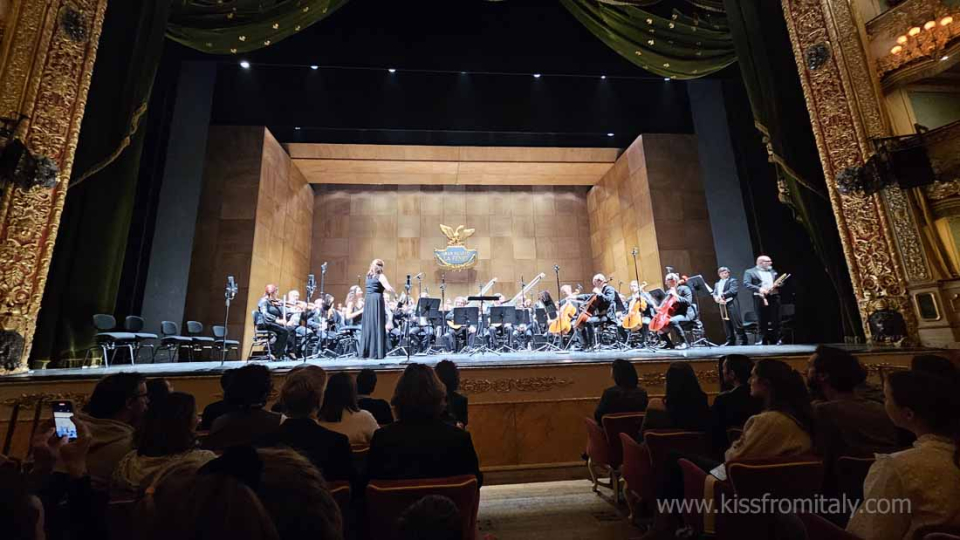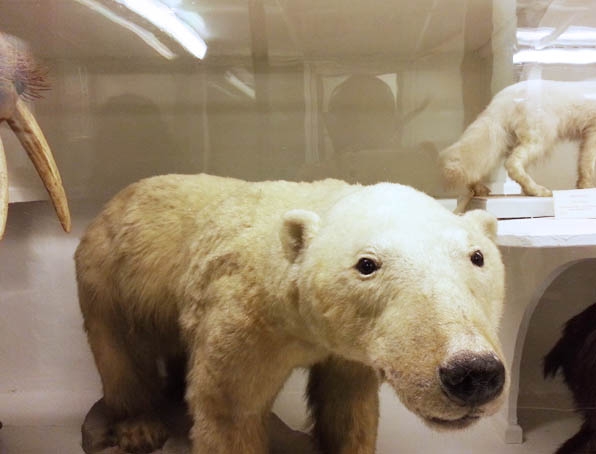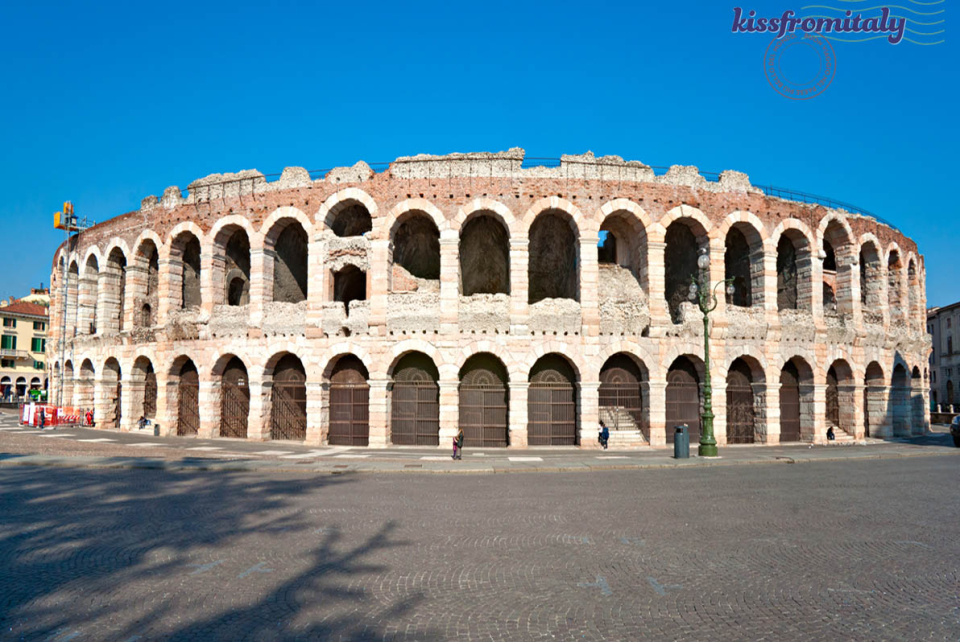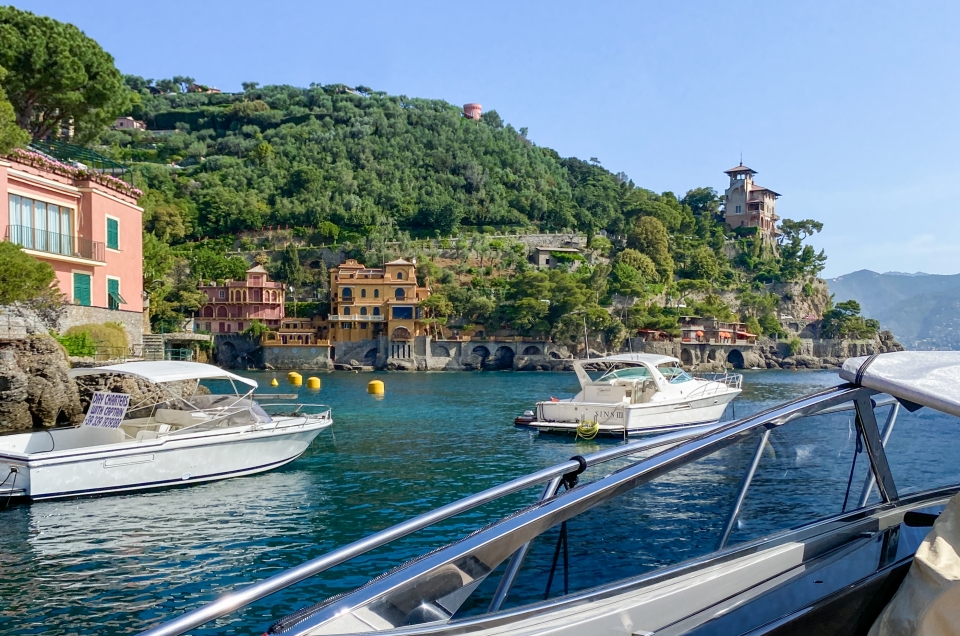
Discover Teatro La Fenice, Venice’s legendary opera house
There are few experiences as magical as wandering through the narrow canals and alleyways of Venice, only to stumble upon the elegant façade of Teatro La Fenice, the city’s world-famous opera house. Translating to "The Phoenix," La Fenice perfectly embodies Venice’s spirit of rebirth and resilience—a place that has literally risen from the ashes, not once, but twice.
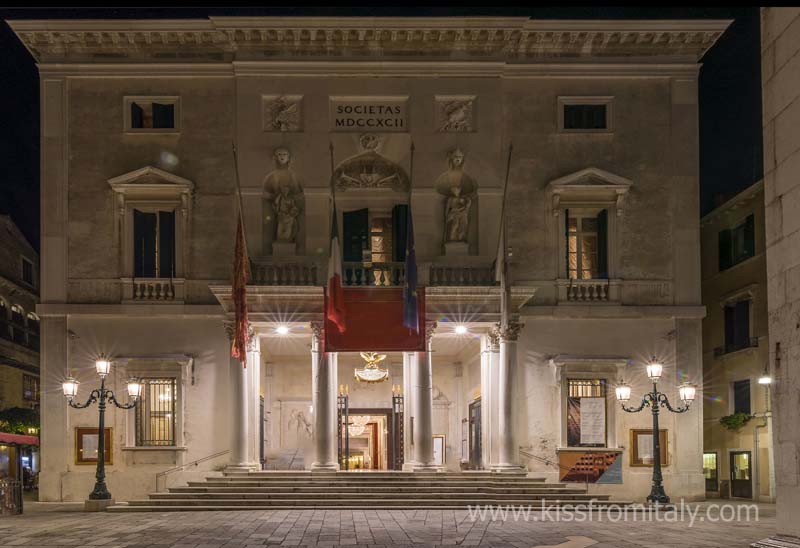
A Living Legend in the Heart of Venice
Founded in 1792, Teatro La Fenice quickly became one of Europe’s most prestigious opera houses. It hosted the premieres of iconic works by Rossini, Verdi, and Stravinsky, attracting Venice’s elite and the most discerning audiences of the time. Even today, attending a performance here feels like stepping back into a gilded age of Italian culture.
The main hall, shimmering in gold and ivory, seats around 1,000 guests beneath a frescoed ceiling and sparkling chandeliers.
The exterior of the theatre was to be equally as impressive, with two main entrances, the aristocratic entrance was accessible only by water with arrival by gondola, the main form of transit at the time.
It’s no wonder the Venetian gondoliers became so well-known for their singing, other than the audience, they were some of the first people to hear the arias being premiered in the theatre, and were known to immediately pick up the melodies and start serenading their passengers. The public entrance was accessible by land on the opposite side of the theatre.
Its 98-member orchestra fills the space with rich, crystal-clear sound—proof of the theatre’s famed acoustics. Each year, La Fenice stages over 100 performances, often led by world-class conductors such as Riccardo Chailly, Myung-Whun Chung, and Jeffrey Tate.
Rising from the Flames—Twice
True to its name, La Fenice has endured tragedy and triumph. The theatre was first destroyed by fire in 1836, only to be painstakingly rebuilt within a year. Then, in 1996, another catastrophic blaze—this time caused by arson—reduced it to ashes once more.
But Venice never gives up. After nearly a decade of restoration, La Fenice reopened in 2003, meticulously reconstructed "as it was, where it was." Today, visitors can still admire the gilded balconies and ornate frescoes that echo centuries of musical glory.
Architecture Inspired by Venetian Life
La Fenice was built to replace the San Benedetto Theatre, which had burned down in 1774. The architects imagined a space that reflected the energy of an Italian piazza—lively, intimate, and social. Instead of the long stalls found in French theatres, La Fenice introduced loggias: private boxes where guests could converse, sip wine, and watch the drama unfold below.
It was an innovation that made the theatre uniquely Venetian—elegant yet full of human warmth.
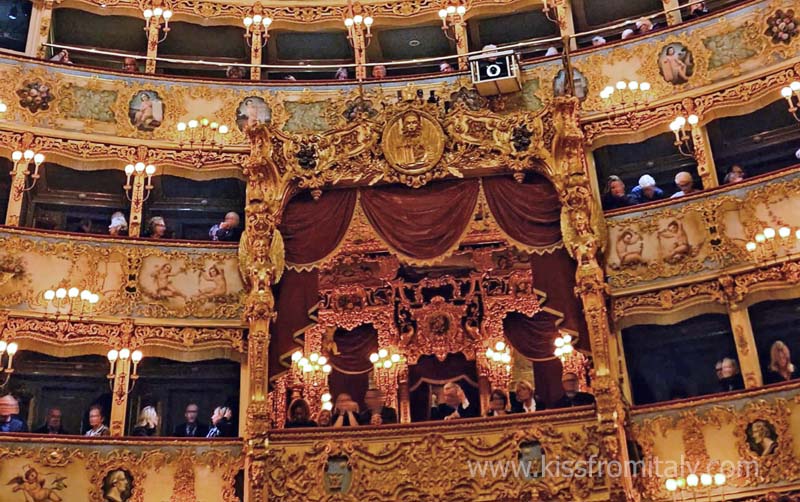
Designed with ladies in mind
For the 1836 reconstruction Tommaso and Giambattista Meduna were the architects in charge of reviving La Fenice. Their work heavily improved on the design of the theatre and its acoustics while taking into account the vanity of the public.
They decided to set the pilasters that supported the balconies further back, stating, "... the projection of the parapets gives greater conspicuousness to the ladies, whose attractions bring joy to the theatre, and add to its ornaments; nor did we doubt that this effect would fail or be diminished when, less interested in the performance than in conversation, they moved from the edge and were hidden by it. For their aim is not only to see, nor do they want the pains they have taken in dressing to be rendered vain or to go unobserved."
The Legend of the Phoenix
In ancient mythology, the phoenix is a radiant bird that lives for centuries before it bursts into flames and is reborn from its own ashes—renewed, eternal, and unstoppable. Standing inside La Fenice, surrounded by gold, light, and echoes of music, that legend feels real. Like the mythical bird, Venice too endures—ever-changing, ever-beautiful, and forever rising from the waters that define it.
Visiting Teatro La Fenice Today
Located just a few steps from Piazza San Marco, La Fenice is one of the top cultural attractions in Venice. The theatre is open daily from 9:30 a.m. to 6:00 p.m. for self-guided and guided tours. Visitors can admire the golden auditorium, explore behind the scenes, and even stand on the stage where legends once performed.
The opera season runs from November to October, featuring operas, concerts, and cultural discussions nearly every day. Tickets range from €15 for "listening-only" seats to €300 for prime orchestra seats during opening nights. August is the quietest month, when performances slow for summer holidays.
For schedules, events, and ticket bookings, visit the official website: www.teatrolafenice.it.
Don’t forget to browse the gift shop, which offers exclusive souvenirs, books, and recordings—perfect keepsakes for music lovers.
Traveler Tips for Visiting La Fenice and Venice
Dress smartly: Venetians love elegance. Business casual is fine for tours, but opt for evening wear if attending a performance.
Arrive early: Wander the nearby lanes before your visit—the late-afternoon light is perfect for photos.
Best photo spot: Cross the small bridge opposite the theatre for the perfect shot of La Fenice reflected in the canal.
Local café stop: Enjoy a classic Venetian spritz at Caffè Brasilia or indulge in dessert at Caffè Florian on St. Mark’s Square.
Audio tour tip: The self-guided tour includes fascinating stories about the fires, the restorations, and the great composers who shaped La Fenice’s history.
Why You Should Visit La Fenice
Whether you attend a grand opera or simply wander its ornate halls, Teatro La Fenice offers more than music—it offers a journey through Venice’s history of resilience and art. This is not just an opera house; it’s a living symbol of the city’s soul, reborn time and again, proving that the phoenix truly does rise from the ashes.
If you’re planning your Venice itinerary, don’t miss this unforgettable stop. Few experiences capture the city’s magic quite like hearing an aria soar beneath La Fenice’s golden dome.
Gallery


